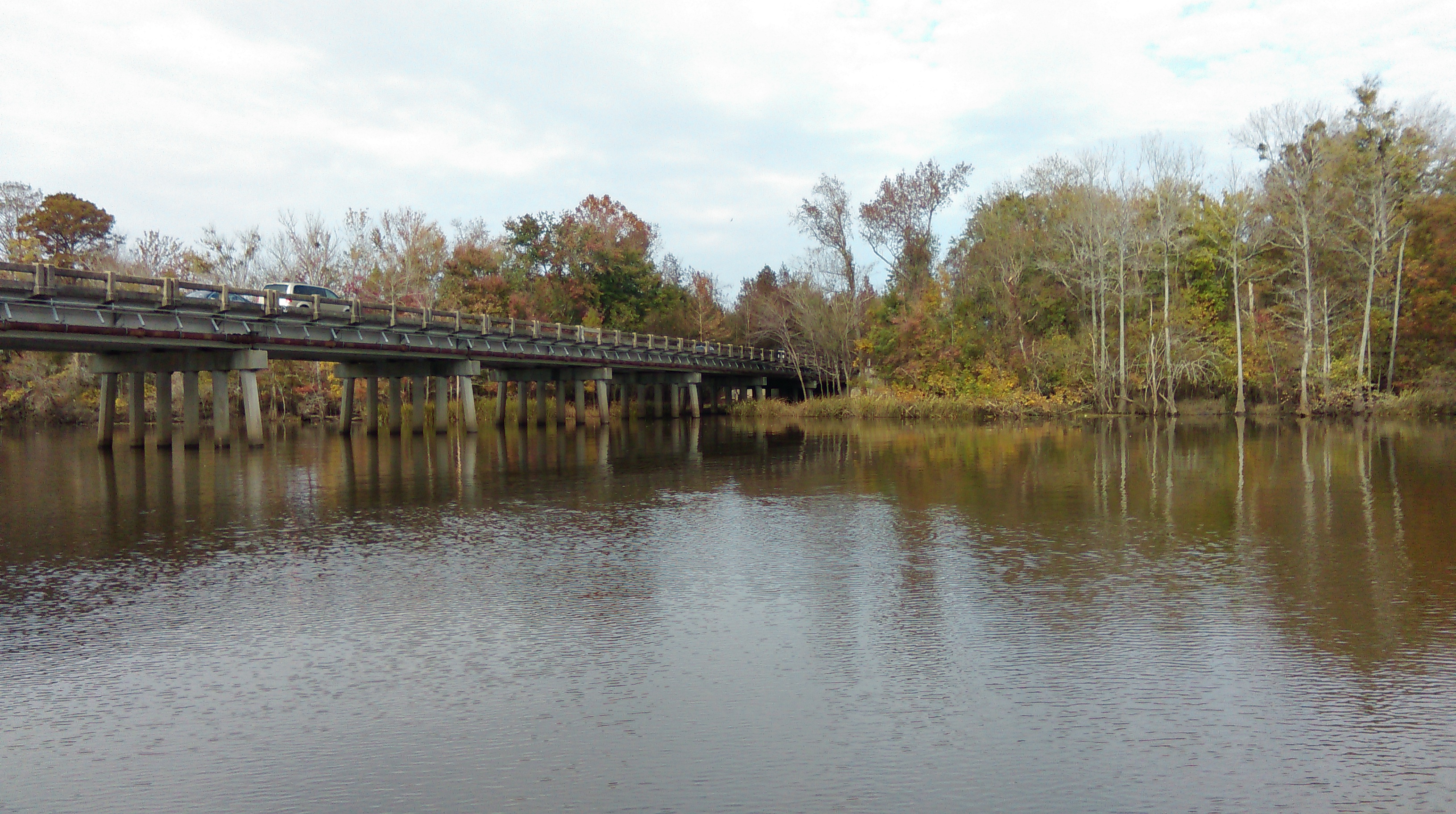Computer model used to predict health of the Neuse River Estuary

Dr. Dan Obenour, working with a team of researchers, has created an experimental model which forecasts severe hypoxia (low dissolved oxygen levels) in the Neuse River Estuary this summer. While hypoxia can occur from spring until fall, it is typically most severe in July-August, often contributing to large fish kills. The forecast is based on a hybrid mechanistic-statistical model that incorporates flow, nutrient loading, and weather conditions as key inputs. Hypoxia is expected to be particularly severe this summer due to below-average flow rates last winter coupled with high precipitation, flow, and nutrient loading in the late spring and early summer. Additional details and perspective can be found in the NC Sea Grant Press Release.
“The estuary serves as an important fisheries habitat. Thus, improving water quality through understanding hypoxia’s triggers is a mission-critical goal for water-resource and fisheries managers, public officials, and others.” Dan Obenour